Six Key Revelations a Mold Assessment Provides About Your Property
Mold is more than just an unsightly blemish on your walls or ceiling; it can have serious implications for your property's integrity and your health. A mold assessment is a critical step in identifying these hidden dangers and ensuring a safe living environment. By uncovering mold problems early on, you can prevent further damage and protect your property’s value while safeguarding the health of anyone who enters your home.
According to Home Gnome, mold can start to grow within 24 to 48 hours after water damage. That means a small leak or spill, if left untreated, can quickly turn into a larger problem that threatens both property and health. A mold assessment allows you to identify these threats before they escalate, providing a foundation for effective remediation and long-term prevention.
This article explores six key revelations a mold assessment provides. Each one offers unique insights into your property's condition, highlighting why regular assessments are always a good idea as a homeowner.
1. Identifying Mold Presence
The most direct benefit of a mold assessment is uncovering whether mold exists in your property and where it is located. While some mold growth is visible in damp areas such as bathrooms or basements, much of it hides in wall cavities, under flooring, or within HVAC systems. Hidden mold can be more dangerous than visible mold because it lingers undetected, allowing spores to spread.
A professional mold assessment also identifies the species present. Not all mold types are equally hazardous—some can cause allergic reactions, while others, like black mold, may produce toxins. Knowing the specific type and extent of mold allows you to determine the urgency of remediation and ensures the right removal methods are used.
Equally important, assessments reveal whether mold is active or inactive. Active mold releases spores into the air, directly impacting indoor air quality. Even inactive mold, however, poses risks if conditions shift and growth reactivates. Identifying both types ensures your property receives the attention it needs.
2. Determining Mold Causes
A mold assessment goes beyond simply locating mold; it also reveals the underlying causes that allow it to develop and spread. Moisture is the single greatest contributor, and it can come from multiple sources. Leaky plumbing, roof damage, or foundation cracks often create damp conditions where mold thrives, and these problems can go unnoticed for months if not carefully inspected. Even high indoor humidity levels, especially in regions with consistently moist climates, provide an ideal breeding ground for spores. When humidity levels remain unchecked, even small areas of dampness can quickly evolve into widespread mold growth.
Ventilation issues also play a major role. Poor airflow in attics, crawl spaces, and basements traps moisture, accelerating mold development and making it harder for wet areas to dry naturally. This stagnant environment creates conditions where mold not only forms but also spreads from one area to another. A mold assessment highlights these ventilation gaps, offering clear guidance on where improvements are necessary to prevent mold from returning after remediation.
In addition, assessments often uncover structural or insulation deficiencies that contribute to the problem. Poor insulation can create cold spots in walls or ceilings where condensation builds up, feeding mold colonies over time. Similarly, cracks in foundations or deteriorating seals around windows and doors may let in water that becomes trapped inside.
3. Evaluating Health Risks
Mold is not just a property problem—it is also a health concern. A mold assessment helps you understand the risks that exist within your home. Allergic reactions such as sneezing, coughing, and skin irritation are common when mold spores circulate indoors. For those with asthma or other respiratory conditions, mold exposure can worsen symptoms and lead to chronic issues.
Individuals with weakened immune systems face even greater risks. For them, mold exposure can lead to severe health complications. A professional mold assessment pinpoints the type of mold present, giving property owners clear information on what precautions and remediation steps are necessary.
Some molds produce toxins that can have long-term effects, including fatigue and neurological problems. Identifying these types early is critical. By recognizing the health implications tied to specific molds, an assessment provides you with the knowledge to take immediate, protective action.
4. Estimating Remediation Costs
Understanding the financial side of mold problems is another vital outcome of a mold assessment. The report provides a realistic estimate of remediation expenses, which can range from minor fixes to several thousand dollars, depending on severity.
Beyond direct cleanup costs, a mold assessment also reveals potential repair and prevention expenses. Addressing leaks, upgrading insulation, or improving ventilation may be required to prevent recurrence. While these steps add to the upfront cost, they save money in the long run by reducing repeated infestations.
Health-related expenses are another hidden cost of ignoring mold. Doctor visits, medication, and even hospital stays may result from prolonged exposure. Factoring in these potential costs reinforces the importance of timely action.
Property value is also at stake. Mold can reduce buyer interest, lower offers, and complicate real estate transactions. An up-to-date mold assessment helps preserve your property’s marketability, ensuring confidence for both current and future owners.
5. Guiding Prevention Strategies
A mold assessment doesn’t just point out problems—it also serves as a guide for prevention. Improving airflow and ventilation, whether by upgrading HVAC systems or simply using dehumidifiers, reduces conditions favorable for mold. Moisture control measures, such as sealing leaks and drying wet areas quickly, are equally important.
Regular maintenance and inspections catch small issues before they escalate. By acting on recommendations from a mold assessment, homeowners can avoid the costs and health effects associated with larger infestations.
Educating everyone in the household about prevention is also crucial. Simple habits, like reporting leaks immediately or ventilating bathrooms during showers, go a long way toward mold control. Today, technology even plays a role, with smart sensors that track humidity levels and send alerts when conditions risk mold growth.
6. Enhancing Property Value
Finally, a mold assessment enhances overall property value by ensuring a healthier, safer home environment. Buyers are increasingly aware of indoor air quality issues, and documentation of a mold-free status gives them confidence.
Compliance with real estate regulations is another benefit. Many lenders and buyers require mold inspections before closing a deal. Having this information upfront smooths the process, eliminating costly surprises.
Preventing mold problems also leads to long-term savings. By identifying vulnerabilities early, you can avoid major repairs down the road. Additionally, using eco-friendly materials during remediation can align your home with sustainable living practices, which adds to its appeal in today's market.
A mold assessment is far more than a routine inspection—it is an essential tool for protecting your property and health. It identifies both visible and hidden mold, uncovers root causes, evaluates health risks, and provides cost estimates for remediation. It also guides prevention strategies and enhances property value by ensuring compliance, sustainability, and marketability.
According to Home Gnome, mold can begin growing within 24 to 48 hours after water damage, making prompt action critical. By investing in regular mold assessments, you protect your property's structural integrity, preserve its value, and safeguard the health of everyone who enters your home.
Don't wait for mold to become a costly or dangerous problem. Schedule a professional mold assessment today with us at LRC Indoor Testing & Research and take the first step toward a safer, healthier, and more valuable home.

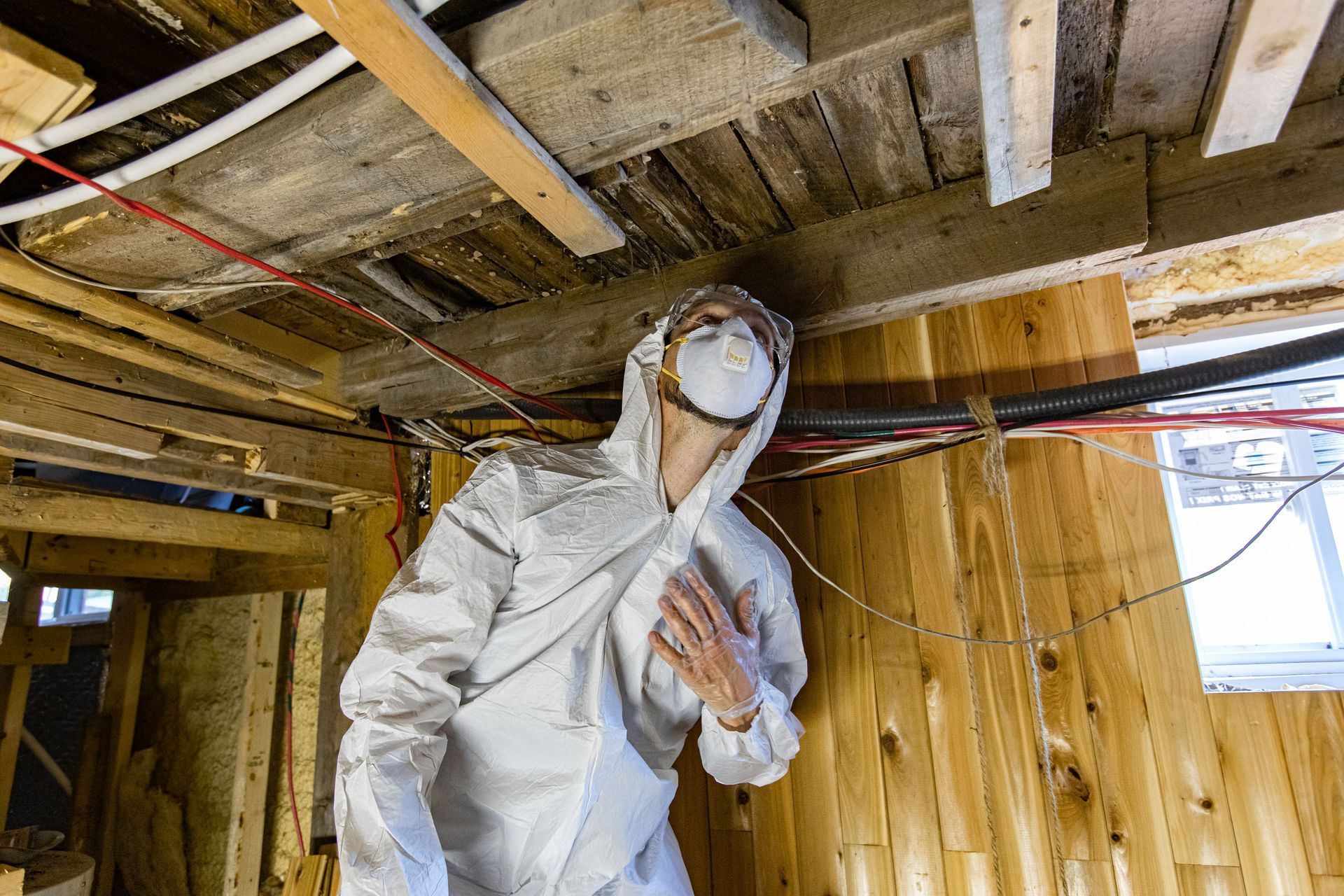
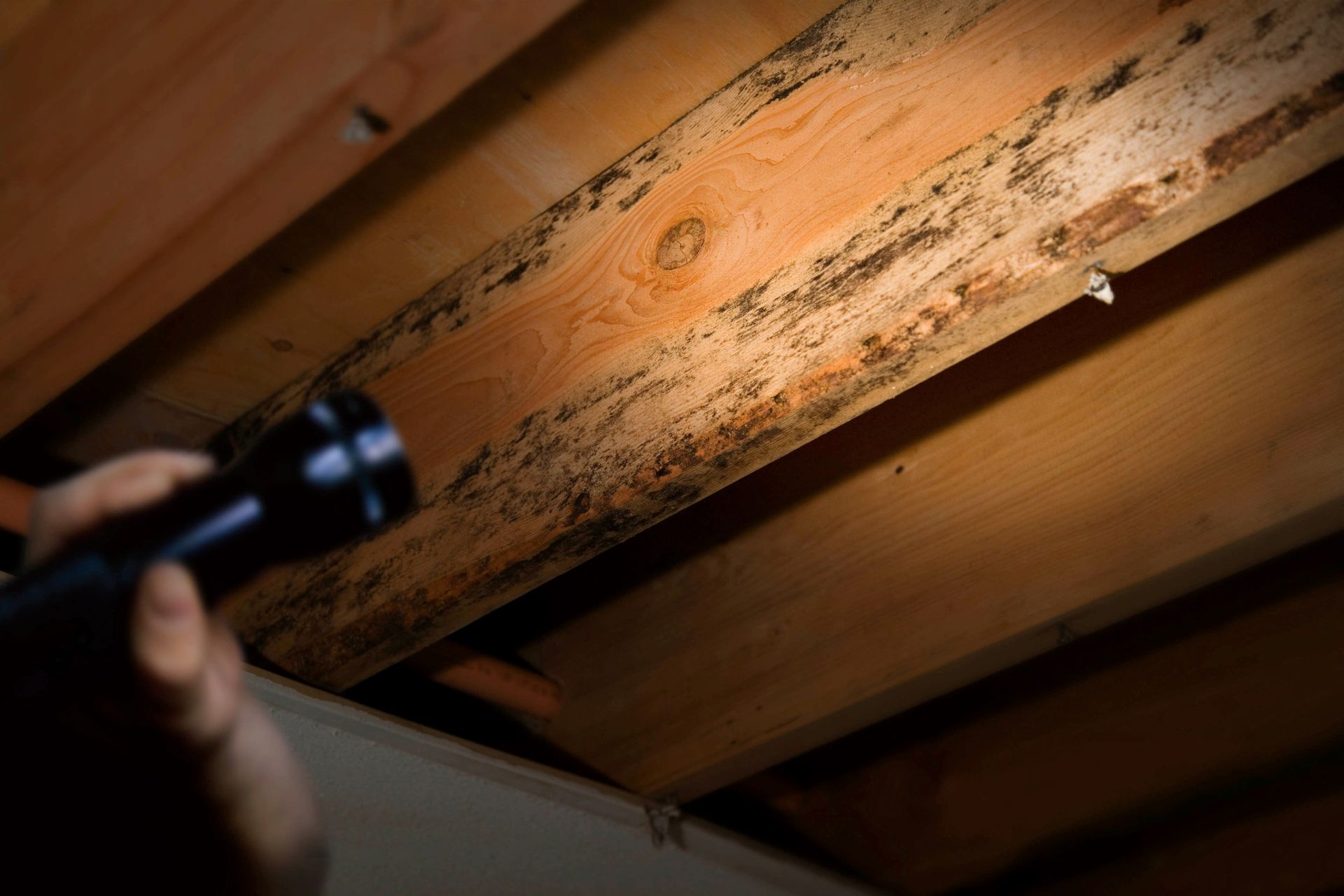
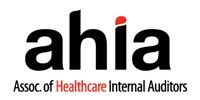
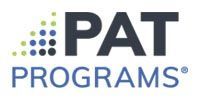
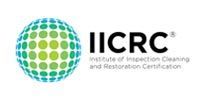
Share On: